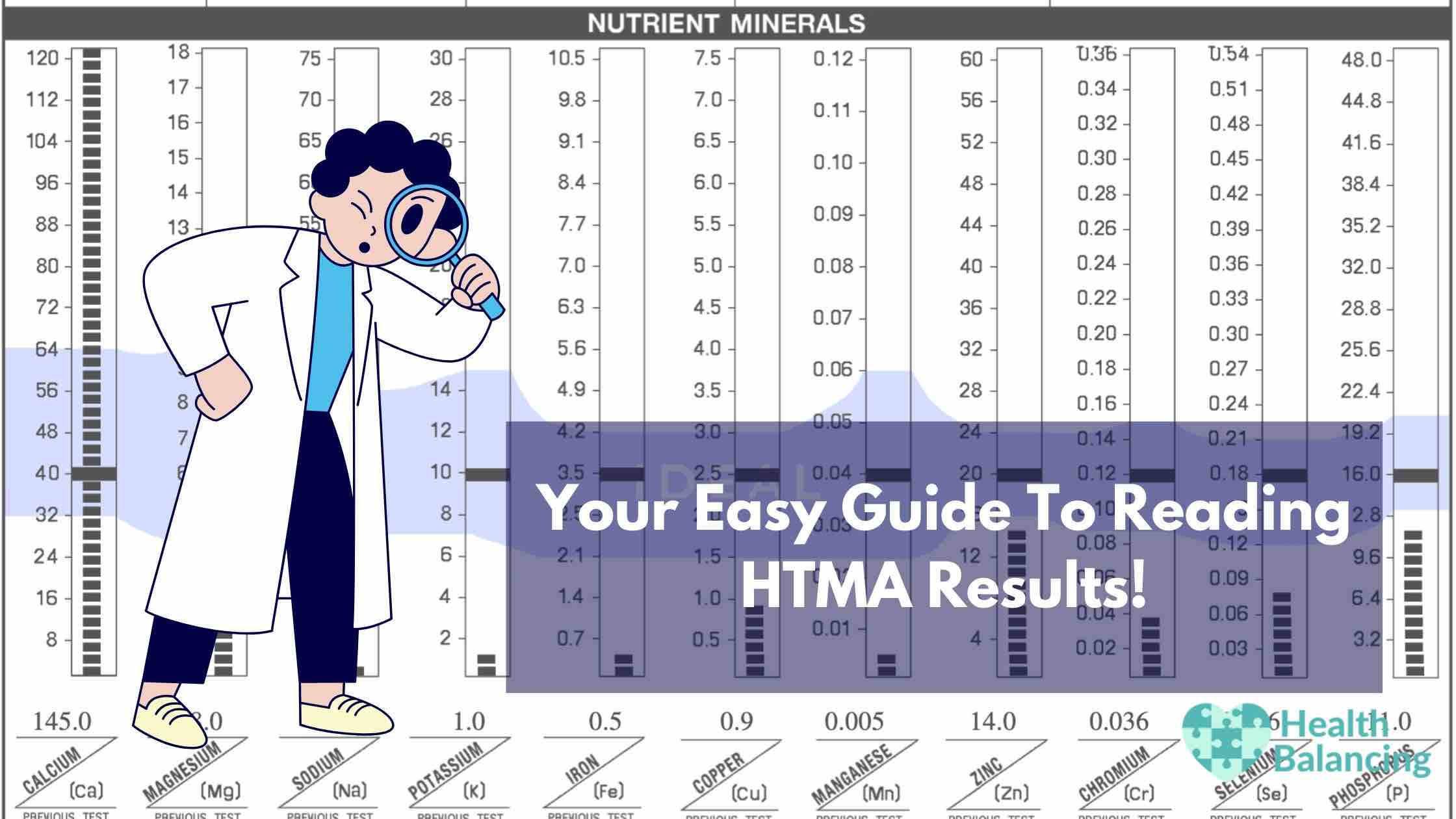So, you’ve got your Hair Tissue Mineral Analysis (HTMA) results in hand, but what do they really mean? Well, according to Dr. Paul Eck, it’s not just about eyeballing individual mineral levels. Nope, it’s about spotting bigger patterns that tell us a whole lot more about what’s going on inside.
First off, there’s this thing called the “four lows” pattern. Sounds like a band name, right? But it’s actually when the levels of calcium, magnesium, sodium, and potassium are all below where they should be. That’s a red flag waving high, signaling potential mineral imbalances and health issues.
Then, there’s the oxidation rate. It’s like checking your body’s metabolic engine. You can figure this out by looking at two ratios: sodium to magnesium and calcium to potassium. Fast oxidation, slow oxidation, or mixed? Your body’s telling you, and it’s important to listen.
Next up, the sodium to potassium ratio, the vitality ratio. Make sure your hair sample isn’t washed at the lab – we need those accurate readings. This ratio spills the tea on inflammation, infection, blood sugar, fatigue, and your mood swings. If you’re feeling emotionally inhibited or aggressive, this ratio can even shed light on how your body chemistry is affecting your emotional balance and ability to express yourself.
Oh, and don’t forget about the calcium to magnesium ratio, aka the “lifestyle ratio.” It’s like peeking into your daily habits and stress levels. If it’s out of whack, it might be time to adjust your diet or pop some supplements.
Once you’ve sussed out these patterns and mineral ratios, you can dive into the nitty-gritty of individual mineral levels and other fancy patterns from the test. With over 60 of them to consider, it’s like decoding your body’s secret language.
But hey, interpreting HTMA results isn’t a solo gig. It’s best done with a healthcare professional who knows their stuff. They can dish out personalized advice and help you map out a game plan to get your health back on track. The right game plan includes the optimal supplements for your metabolic state (a htma based supplement regime is more effective and safer compared to blind supplementation), and a diet plan to support your well being. If you are unsure about the right nutritional regime for your metabolic state, consider getting a hair tissue mineral analysis test that comes with professional recommendations and personal support.
So, armed with your HTMA insights, you can strut into the world knowing exactly what your body needs to thrive. It’s all about listening to those subtle signals and giving yourself the TLC you deserve.

